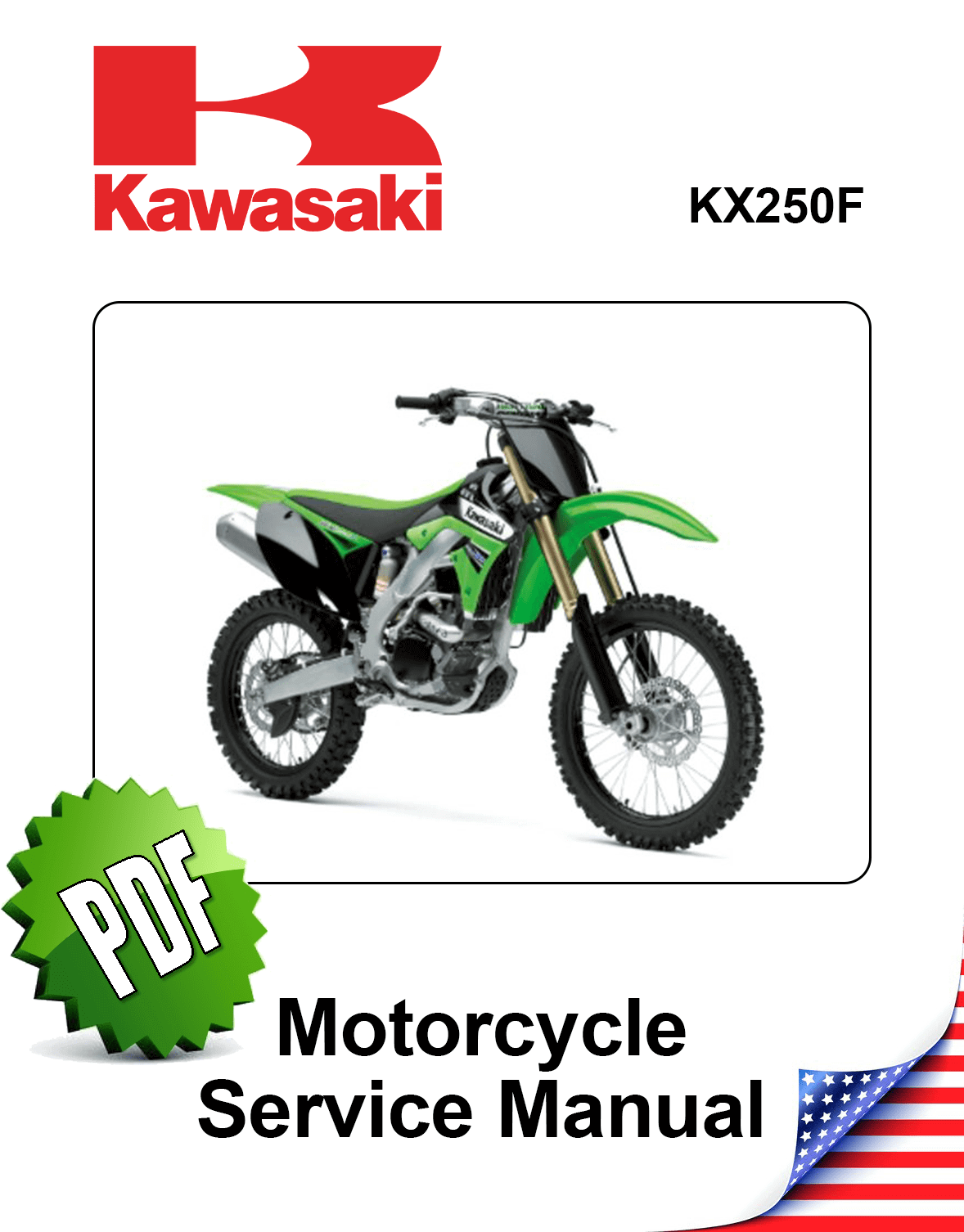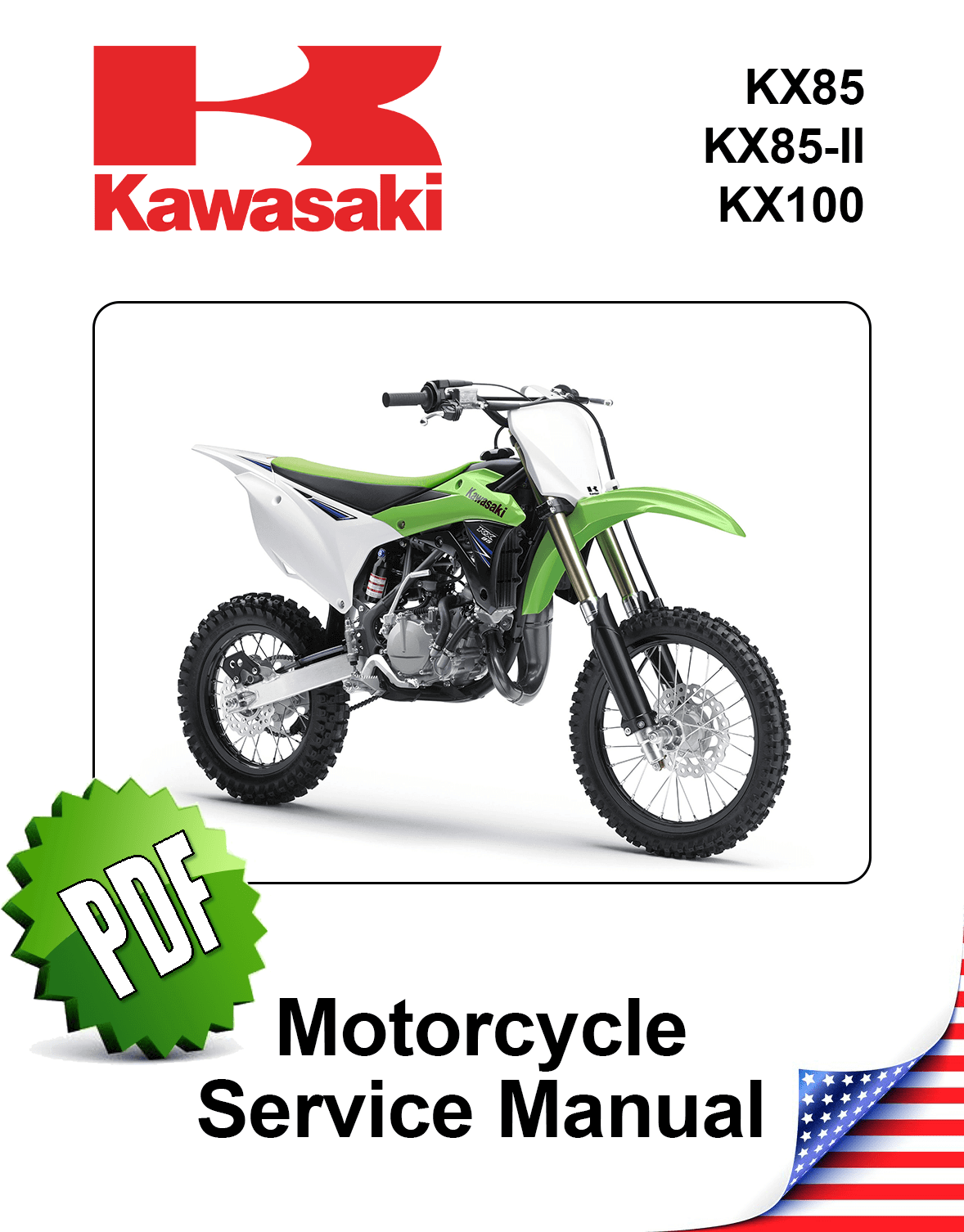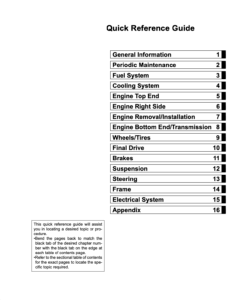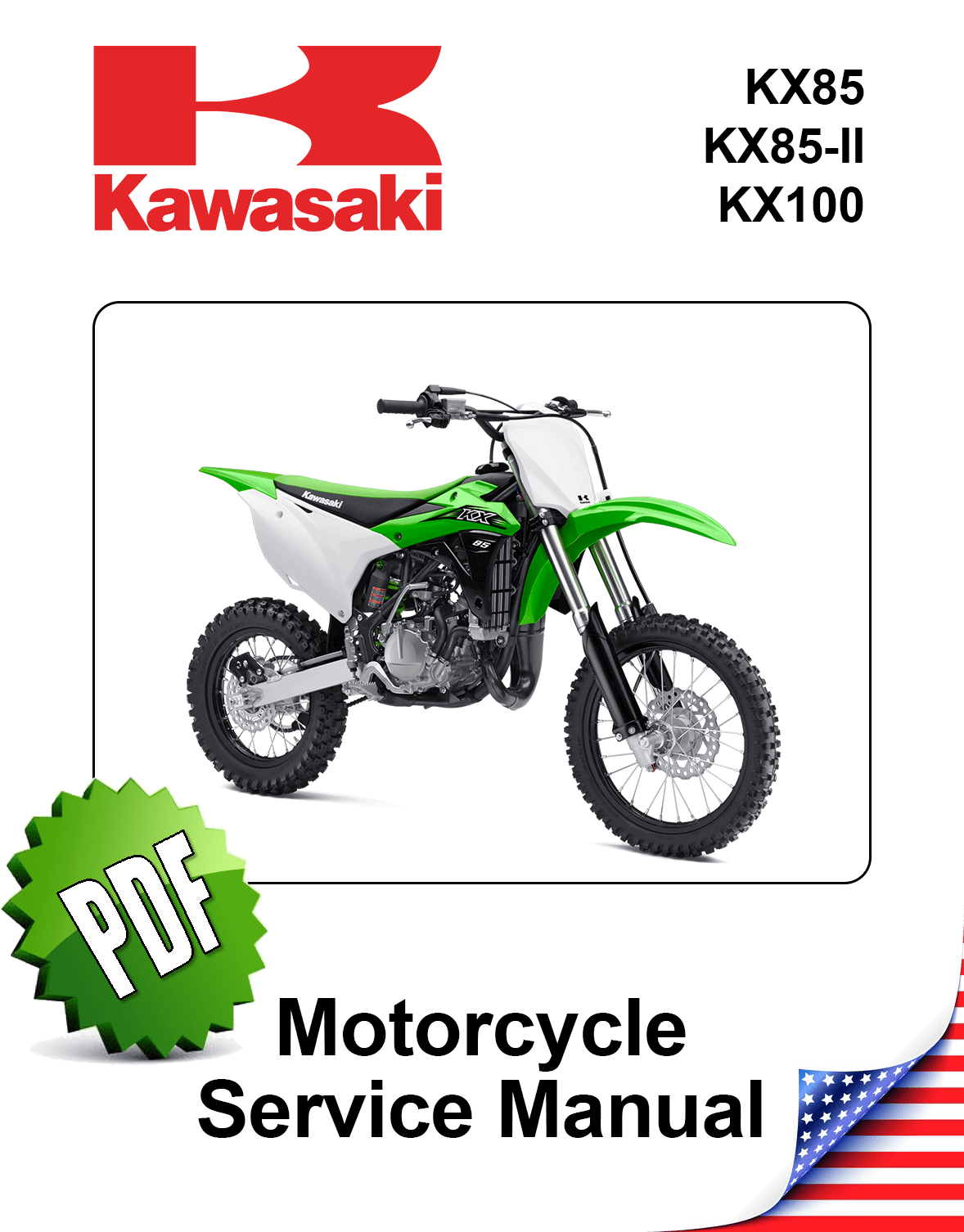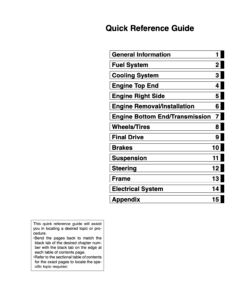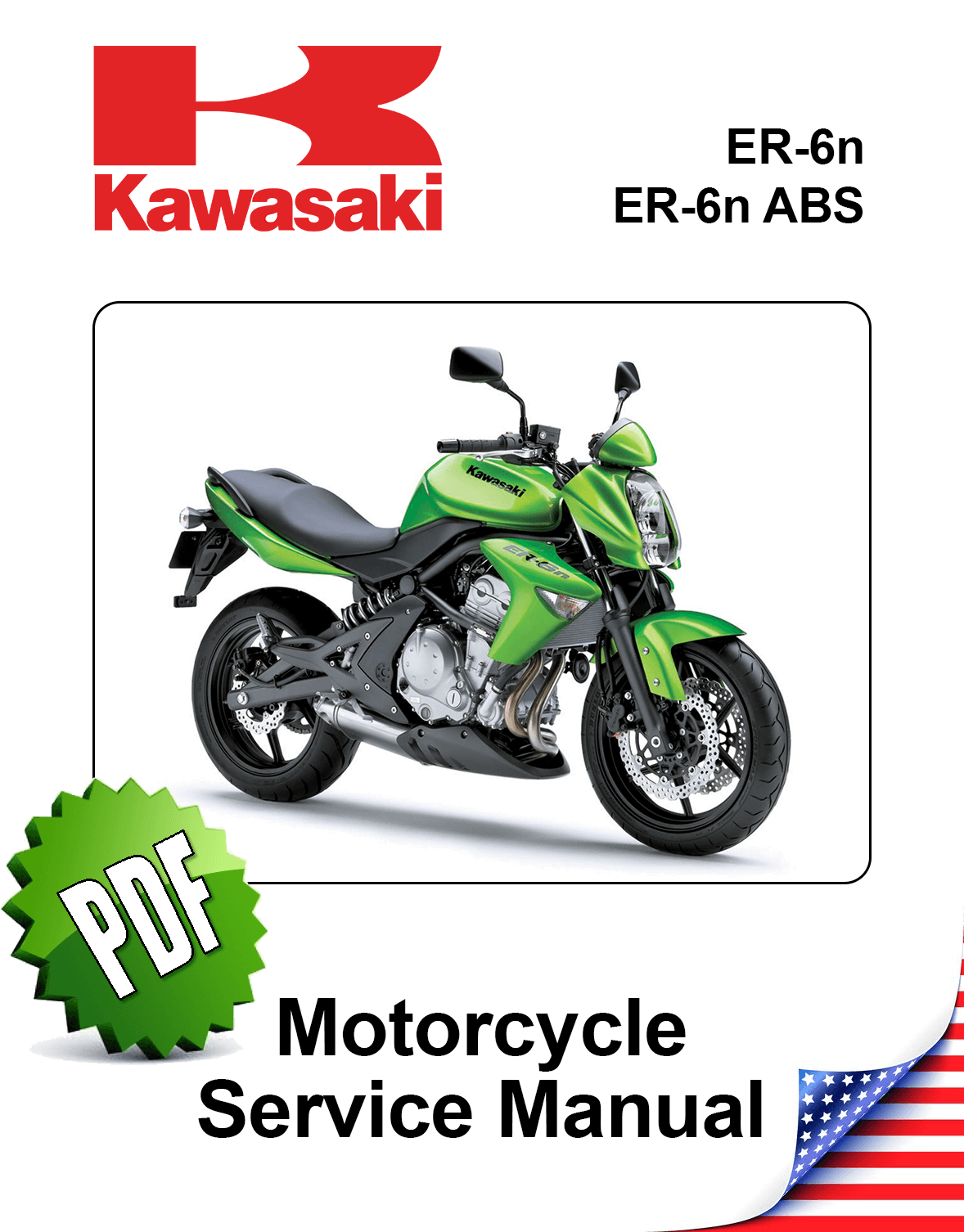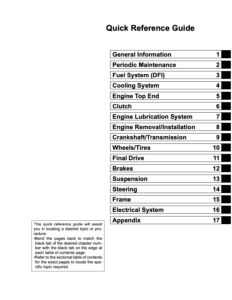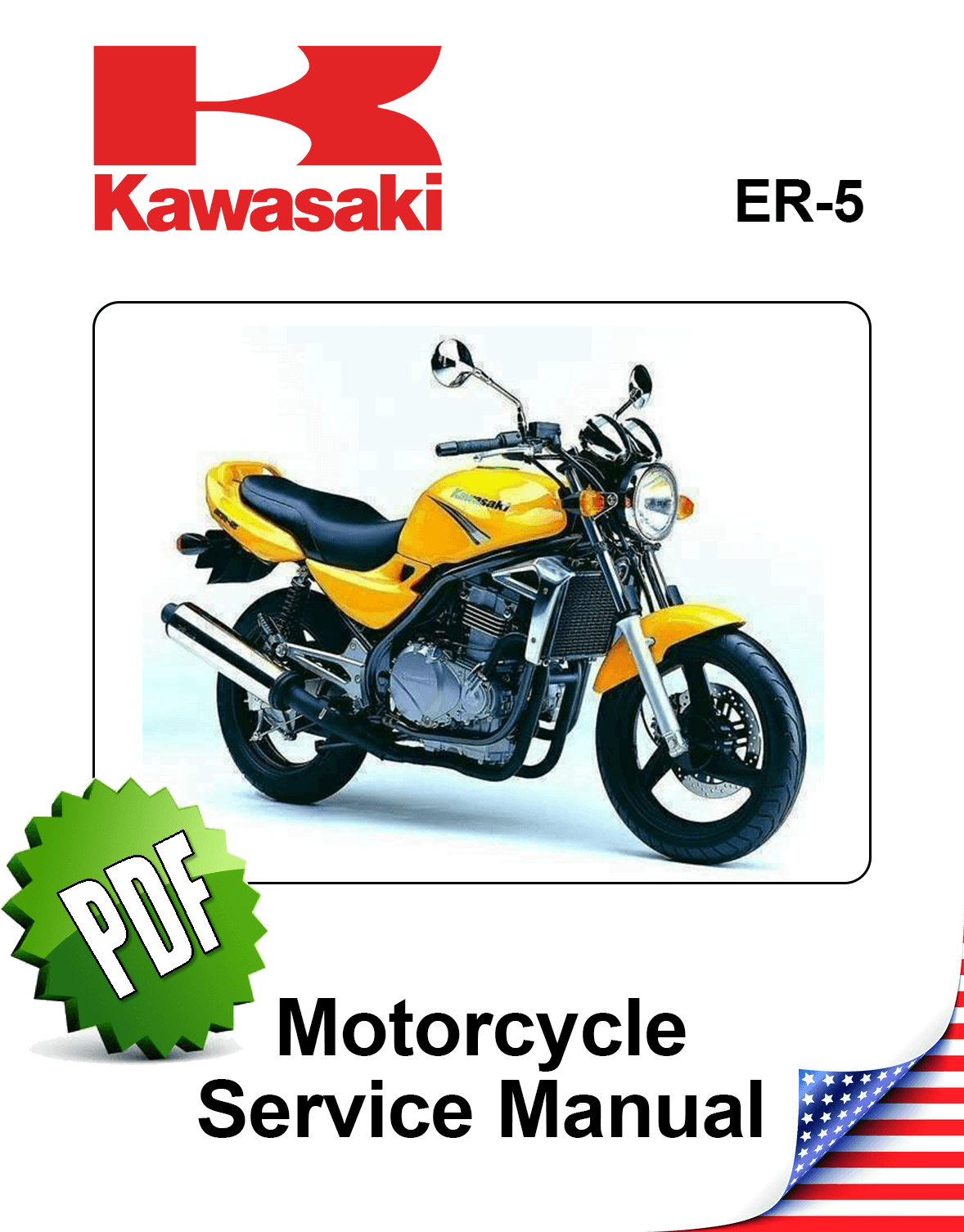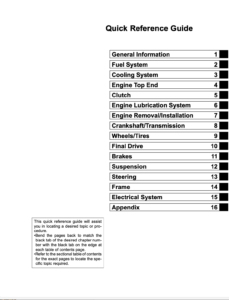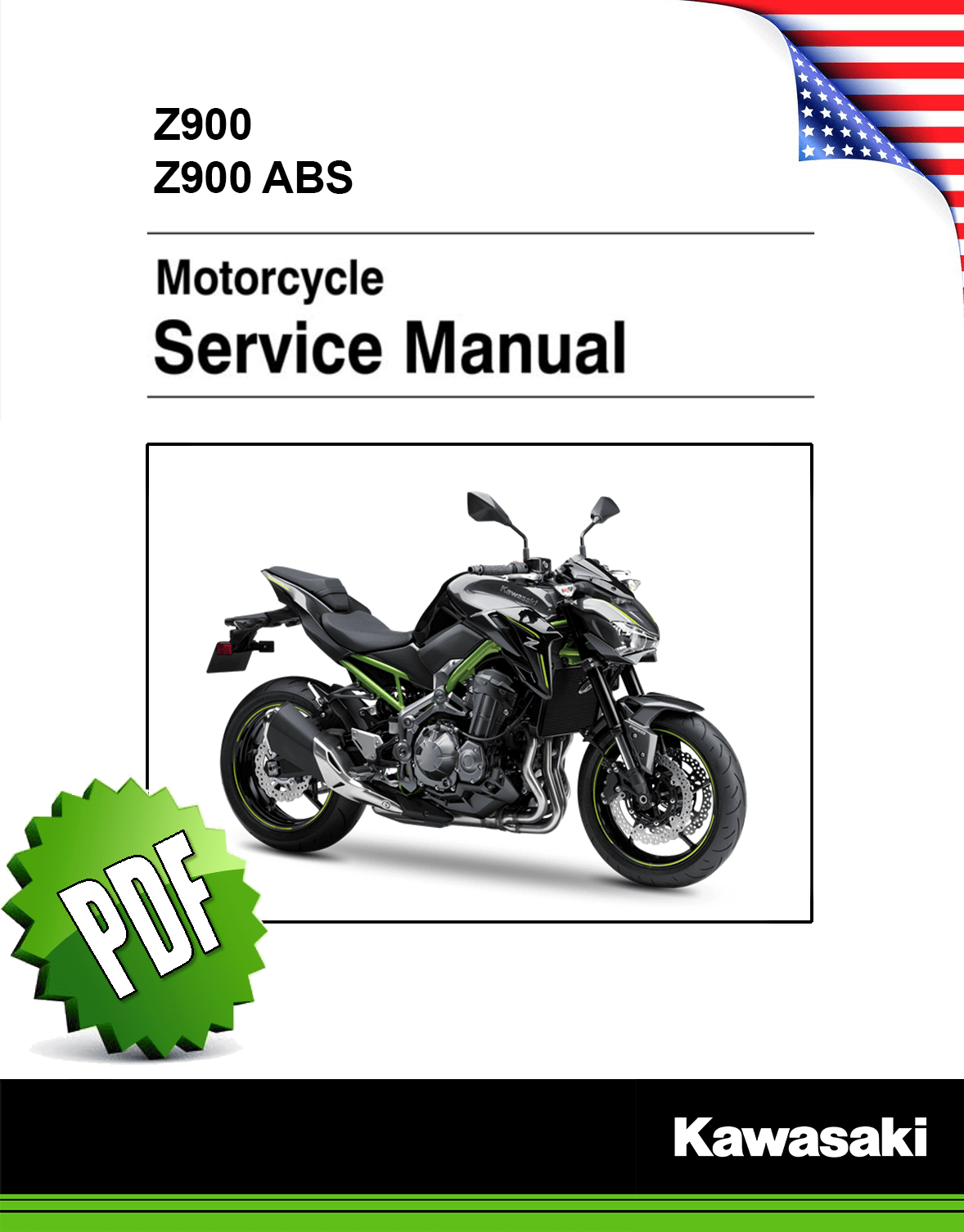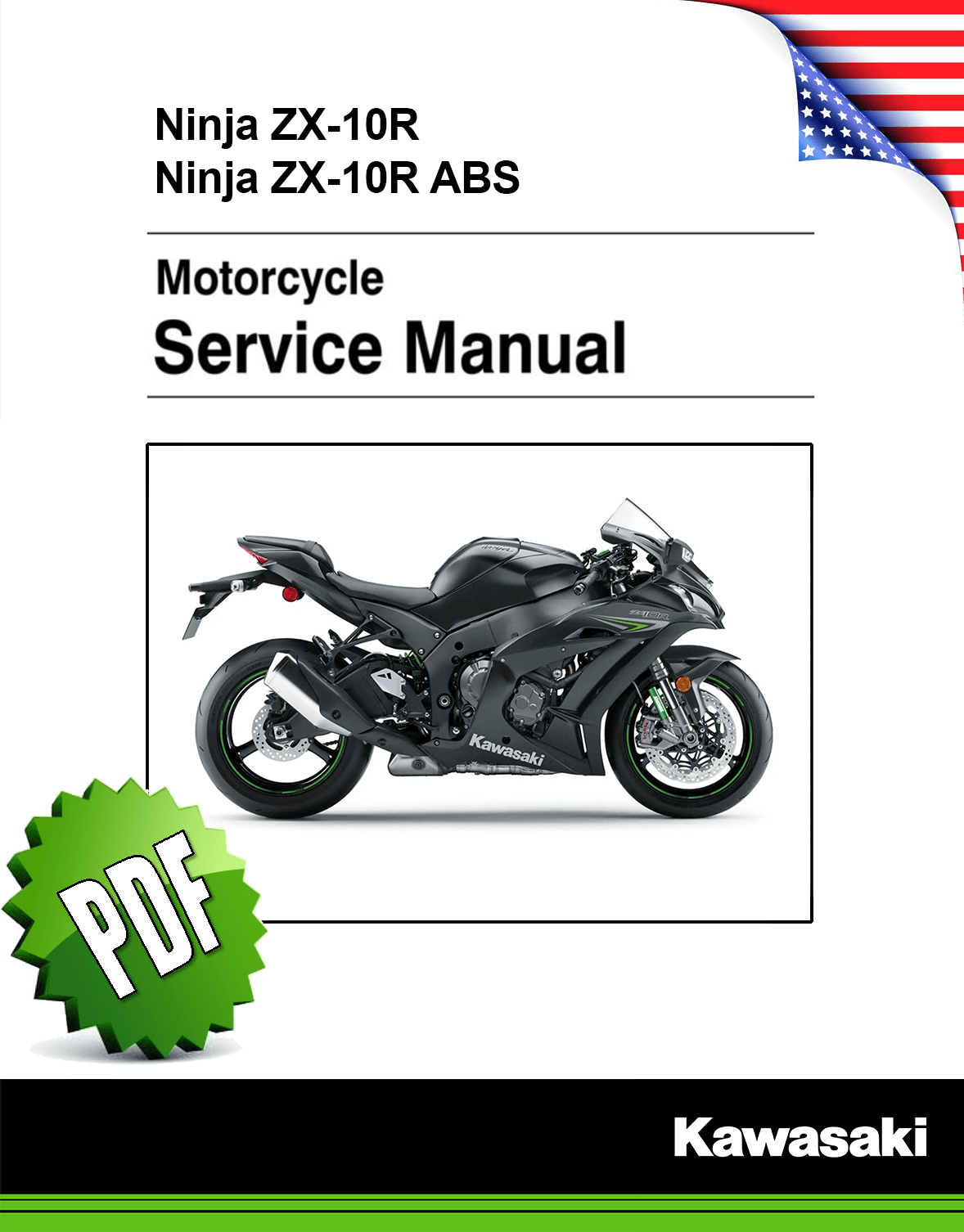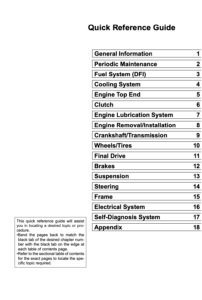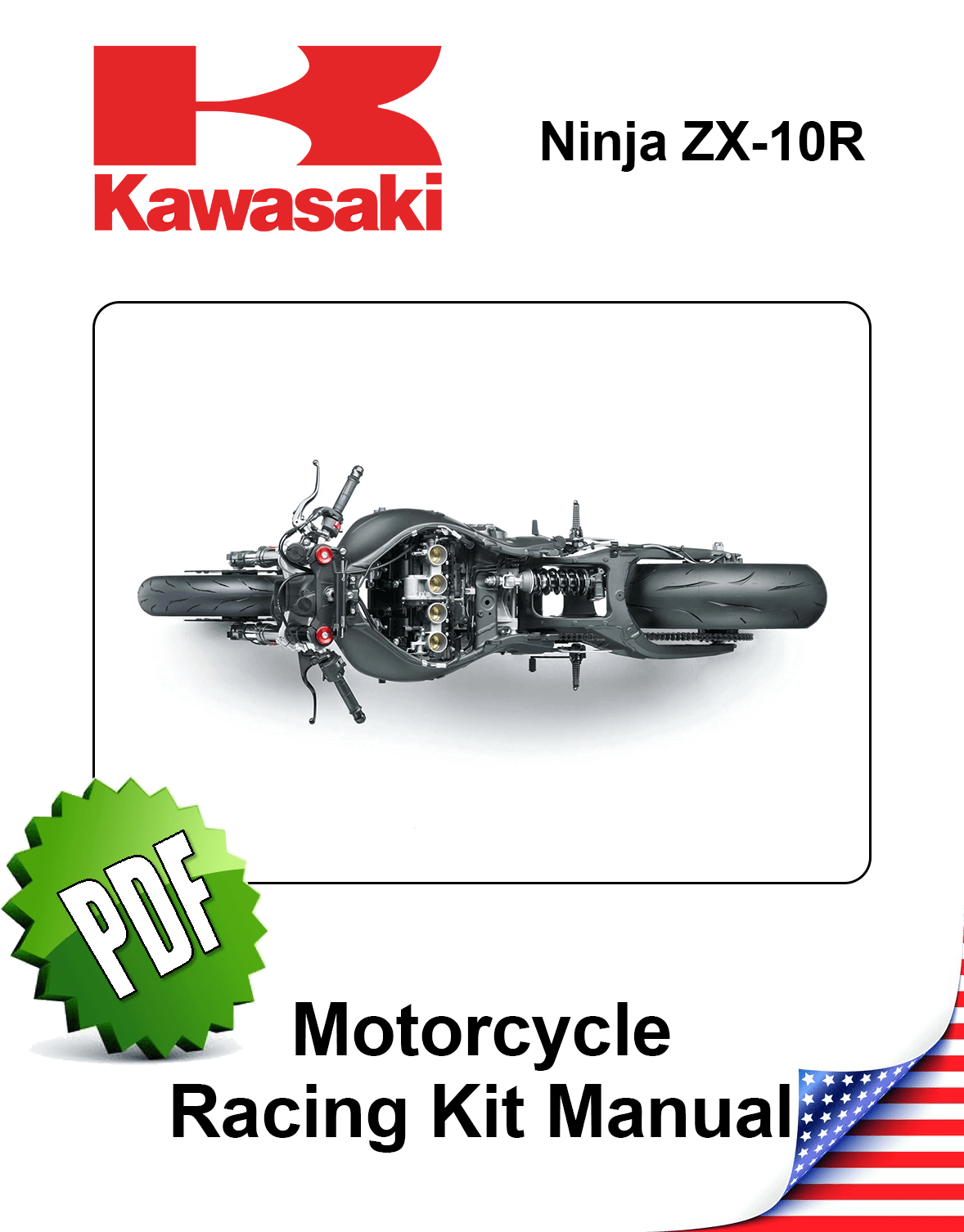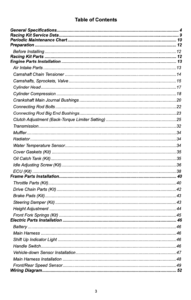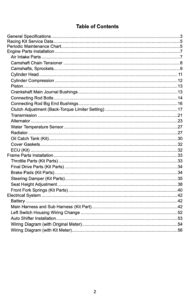Complete PDF version of the Service Manual for the Kawasaki KX250F-Y. A MUST for every KX250F owner.
Download: Immediately after payment!
OEM Original factory workshop manual.
Models covered by this manual: 2011 to 2012
Number of pages: 500 pages
Table of contents:
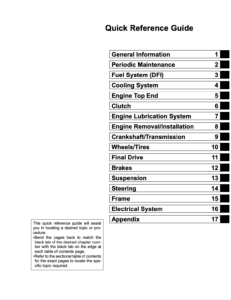
This PDF repair manual can be downloaded right after the payment process in complete, on the device of your choice.
We do not offer printed manuals, for the following reasons:
- it is more eco-friendly to use a digital version
- your manual never gets dirty or greasy
- you can always choose to print the specific page(s) you need to work on your bike
- you receive your manual immediately after payment
- it is searchable
Kawasaki KX250F
The Kawasaki KX 250F is a single motocross motorbike with a liquid-cooled DOHC 249 cc (15.2 cu in) four-valve four-stroke engine.
The Kawasaki KX250F was co-developed with Suzuki Motor Co. as part of their unique joint venture, which began in 2002. This joint venture created the Suzuki RMZ250, a mechanical twin to the KX250F but with yellow Suzuki branding. The KX250F debuted in 2004, and it quickly became a success in Supercross and Motocross racing, winning the East/West SX championships as well as the national MX title.
For the 2006 model year, Kawasaki went its own way in 250F development, creating an entirely new bike with no links to Suzuki.
The 2006 model has an a new aluminum perimeter frame, a significantly redesigned engine, new Showa front and rear shocks, and Renthal handlebars. The new KX was extremely competitive, placing strongly in both motocross magazine shootouts and competition. The 2008 KX250F has maintained its reputation as a superb bike, coming out on top in all dirtbike shootouts.
Kawasaki updated the KX250F in 2009 with much more than a fresh design. These include various engine modifications to increase power and conserve weight, suspension upgrades such as a titanium coating to minimize friction, and a few chassis tweaks to better cornering and produce an overall leaner feel.
In 2011, Kawasaki incorporated two significant new features. The first was a DFI system (digital fuel injection). This system resembled that seen on the more powerful KX450F. It increased engine reaction time and decreased hesitancy while landing after a jump. Showa’s independent function fork was the second addition (SFF). These new forks were lighter, performed better, and were easier to adjust. A second fuel injector was introduced in 2012, boosting horsepower over the 2011 model.
In 2013, Kawasaki updated the KX250F once again. They designed a fresh aesthetic, as well as improvements to the fuel injection system and distinct function forks.
Source: Wikipedia

